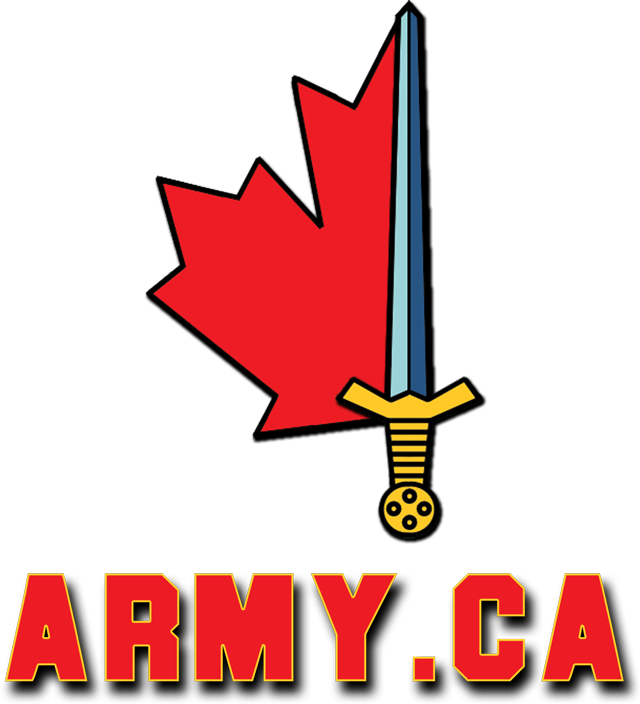From a practical standpoint, the Canada-US border is nearly three times as long as the Mexico-US border, and in the winter months is much less amendable to static presence and patrolling. The Mexico-US border also has the advantage that 2/3 or so is the Rio Grande, a very useful physical barrier from a border enforcement standpoint.
That’s not to say border monitoring and surveillance of Can-U.S. cannot be done; just that if the Mexico border is the “easy” level, ours is “hard” from the standpoint of physical geography. We have immense swaths of land where one can just walk across, and if surveillance or a checkpoint pops up, you go east or west a couple km.
As for the legalities of a CAF Aid to the Civil Power or other assistance to police, others here can better speak to it. We’re dealing with border enforcement and spotting things, not really search or seizure or technical evidence gathering that would implicate section 8 Charter protections and that are largely the realm of peace officers. CAF assets could certainly help spot crossings. Realistically, given how close to the border you can get by road in many places and that the U.S. focus is traffic south, this would probably be at its most useful if we were informing American authorities of traffic headed south. Someone in the Canadian side simply heading towards the border probably hasn’t done anything arrestable. And CAF members would have no lawful detention or arrest authority unless something special was put in place.




